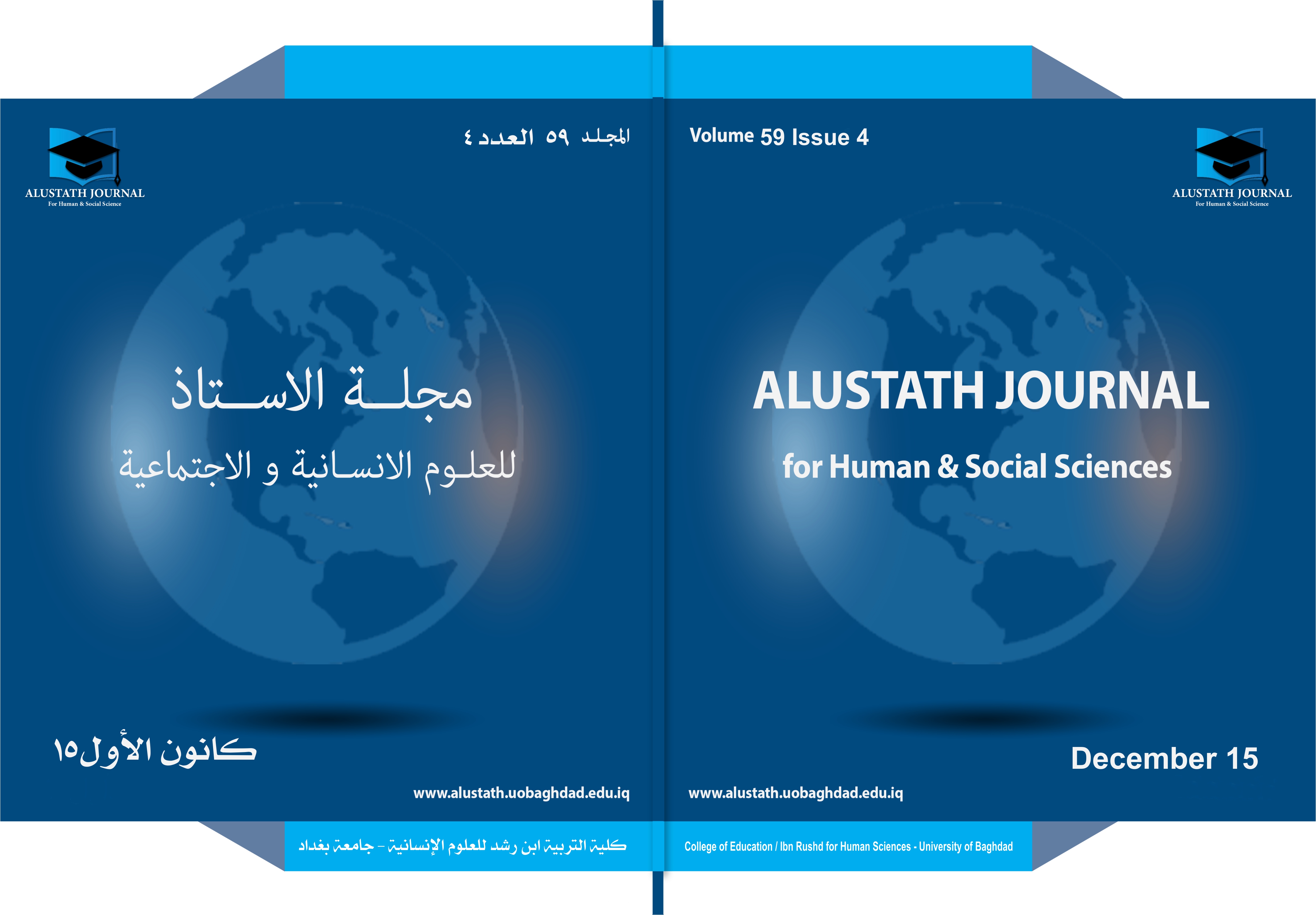Gullibility and its relationship to social intelligence among university students
DOI:
https://doi.org/10.36473/ujhss.v59i4.1184Keywords:
Gullibility , trust , Credulity , social intelligence . FoolishnessAbstract
Abstract :
The research aimed at studying gullibility and its relationship to social intelligence in university students, and gullibility is the tendency for a person to be drugged or manipulated by one or more of the deceptive means of other people . And social intelligence is the kind of intelligence that an individual pleads with in his dealings with other people, and in practicing social relations. The gullibility scale was built according to the cognitive perspective, which included most of the gullibility theories reviewed in the theoretical framework chapter. As for measuring social intelligence, the Abu Amsha scale (2013) was adopted . The following steps were performed on the two measures : Face validity , Discrimination , internal consistency (the relationship of the Item to the sum total), discriminatory validity, Reliability in the Alpha Cronbach method. The results showed the following , that university students do not enjoy a high level of gullibility , that is, it is present moderately. There is no significant difference in gullibility according to specialization, and also there is no difference according to gender. Also, university students enjoy a high level of social intelligence. There is no significant difference in social intelligence by specialization, and there is no difference by gender. As for the relationship, it was weak between gullibility and social intelligence in the research sample. The research came out with many recommendations and proposals












